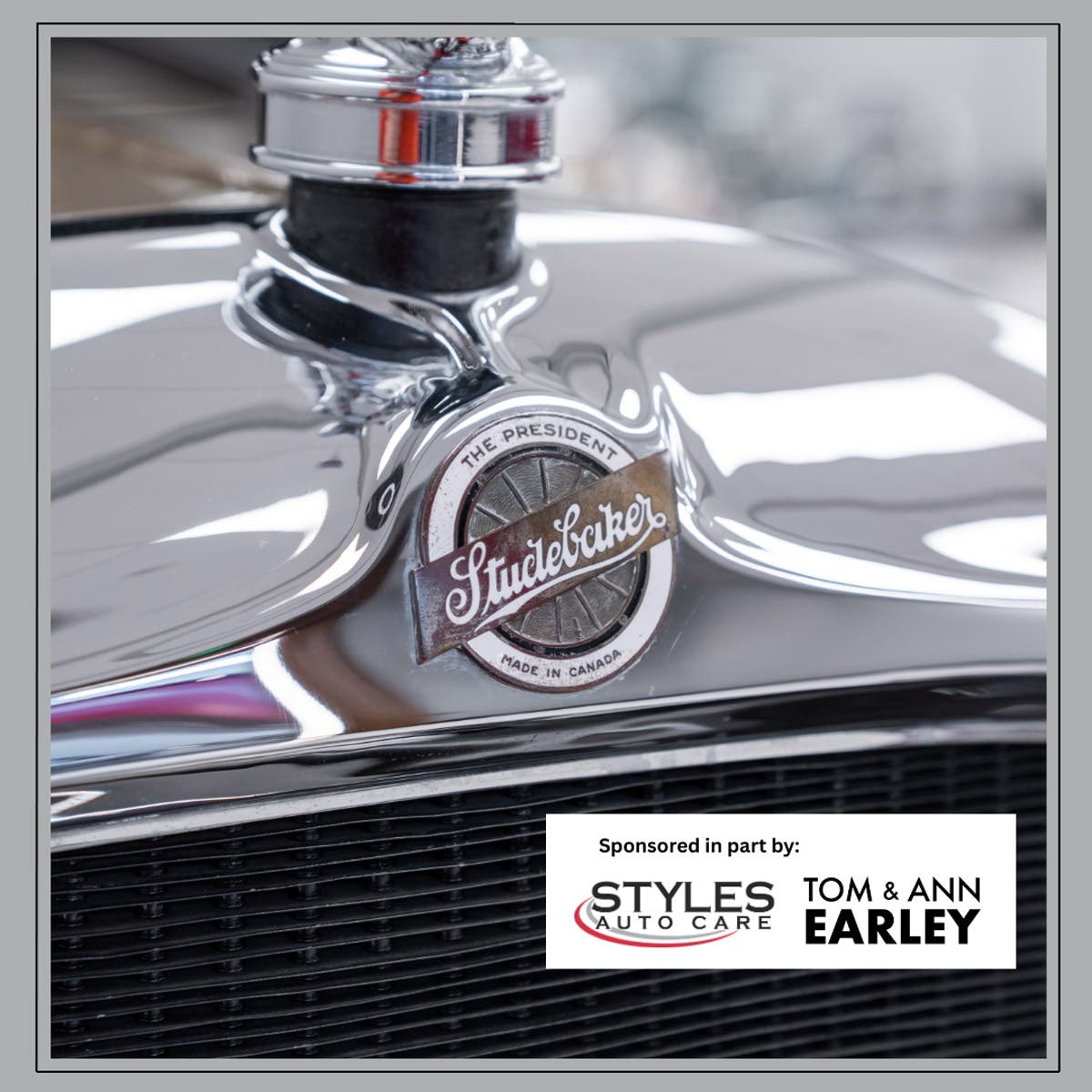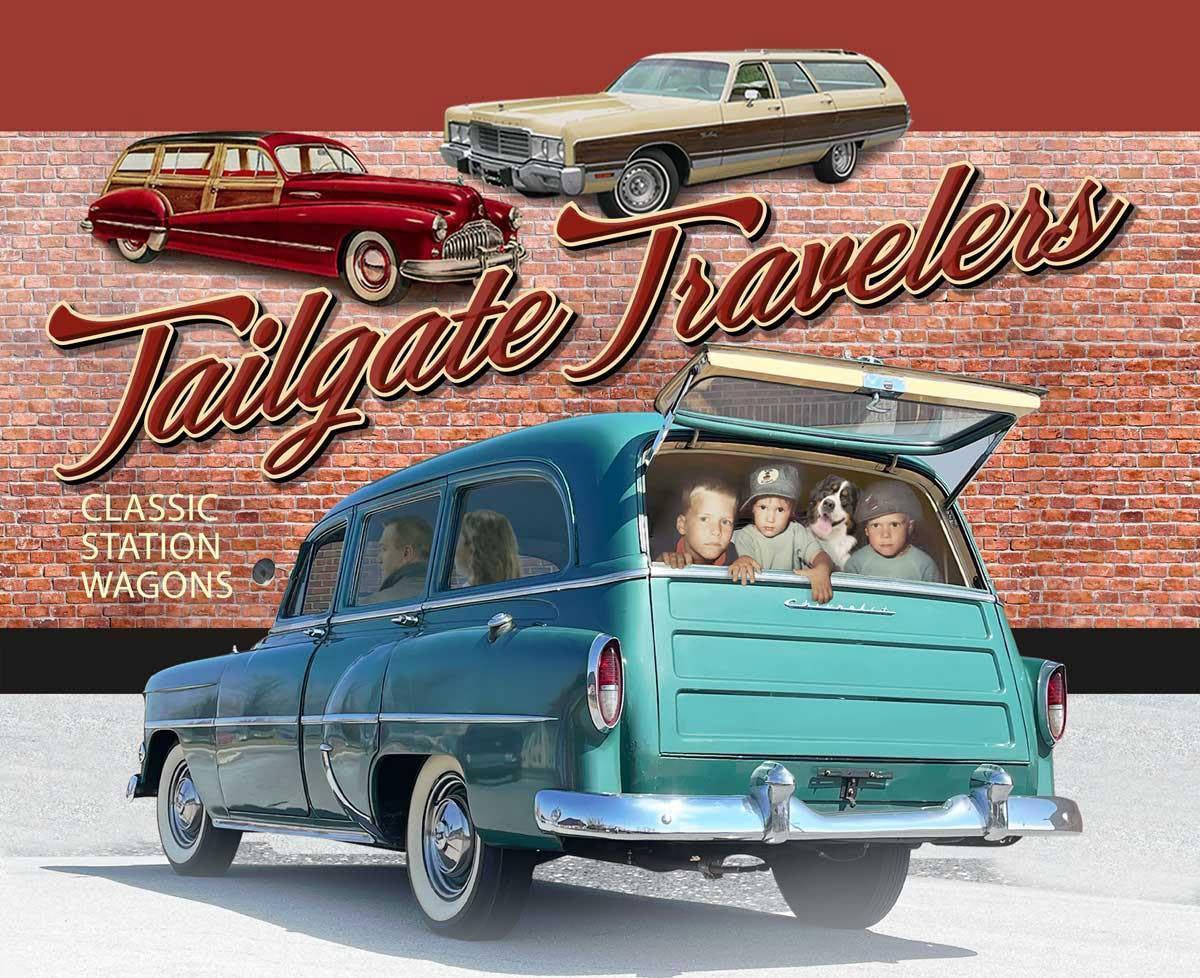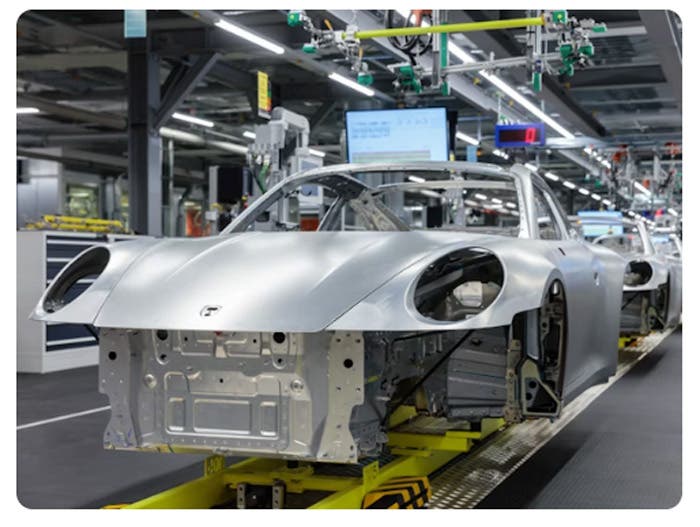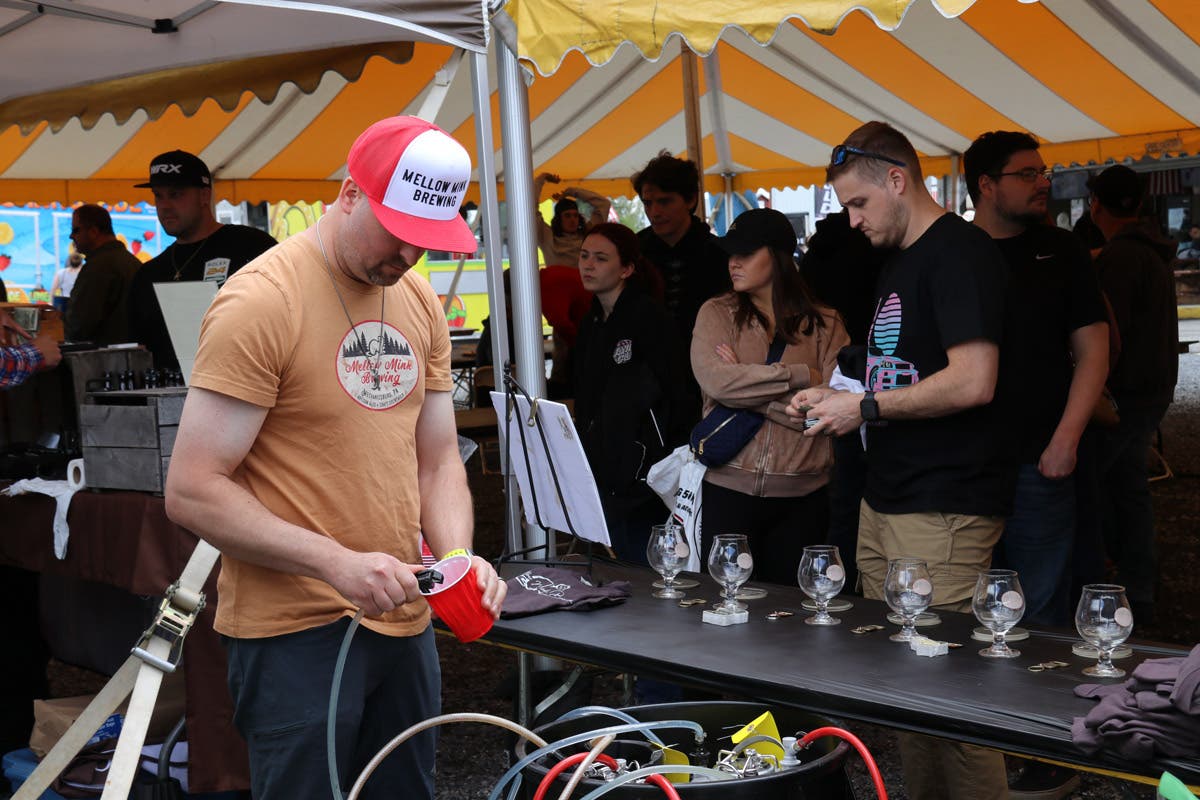Depression-era car thieves found Classics a ‘steal’
Car thievery is nothing new. Although they were low in resale value and operating economy, the Classics were certainly well built. They were large automobiles, constructed of much better grades of steel and iron than, say, a mid-’30s Chevy or Ford. They were built using lots of brass, copper, nickel and aluminum parts. So while they weren’t worth a lot for transportation purposes, they did have a relatively high salvage value, even during the Depression. It was because of this that a gang of car thieves in California began “collecting” Classic cars earlier than most of us.
Many very valuable early-’30s cars that we now call “Grand Classics” originally sold for prices that sound remarkably modest today. According to “The Complete Book of Collectible Cars 1930-1990,” prices for a ‘30 Pierce-Arrow eight started at $2,495. A Packard eight of the same era could be bought from $2,385. Starting prices for 1930-’32 Cadillac V-8s were in the $2,645 range, while Caddy V-12 prices began around $3,145. Even the high-priced L-29 Cord was $3,295.
These cars appealed to the “Great Gatsby” crowd, but many who bought them were hit hard by the Depression. This tended to make them depreciate quickly. The fact that they delivered poor fuel economy (in the 7-10 mpg range) also hurt their utility value and their used-car prices. As a result, by 1935, a lot of these cars had become practically worthless, and wound up in the hands of low-income Americans. Since insurance wasn’t mandatory in the 1930s, a lot of the second and third owners found it foolish to buy insurance coverage for such cars.
Big Classics like this 1927 Cadillac 314 victoria coupe seen at Barrington weren’t worth a lot for transportation in the mid 1930s, but in terms of salvageable materials, they had a lot to offer to car thieves.
Although they were low in resale value and operating economy, the Classics were certainly well built. They were large automobiles, constructed of much better grades of steel and iron than, say, a mid-’30s Chevy or Ford. They were built using lots of brass, copper, nickel and aluminum parts. So while they weren’t worth a lot for transportation purposes, they did have a relatively high salvage value, even during the Depression. It was because of this that a gang of car thieves in California began “collecting” Classic cars earlier than most of us.
The genesis of this theft ring can be traced to 1931, when two young men met each other in New York City. One had worked as an attendant in a city parking garage. The other man was described by police as a “fly-by-night taxi driver.” Since they had both been involved with cars, they knew there was money to be made in the car business. They just didn’t know the difference between an honest day’s work and a dirty dollar.
One of the men opened an outwardly legitimate wrecking yard near 250th Street and Broadway in the “Big Apple.” The second man stole cars and brought them to the wrecking yard to have them dismantled. They then sold the tires, battery, glass and other wanted parts. The hulks of the vehicles were then destroyed to get rid of the identifiable stolen property.
This Packard roadster that Fred Kanter exhibited at a new concours d’elegance in Barrington, Ill., last August, would have been a hit with the Classic-car thieves.
Eventually, detectives from the New York City Auto Theft Detail figured out the scam and arrested the dynamic duo. Both men went to prison for a while and were then paroled. One of the men got married to a 17-year-old runaway and in January 1935, the three of them took off for the West in an old ’29 De Soto roadster they had bought.
First they headed for Reno, Nev., to do some gambling. Then, they broke down in Placer County, Calif., in a small village near Sacramento. They decided to stay there to start a new stolen-car operation.
First, the married man’s wife opened a small store to sell tea, coffee and spices. Her husband started traveling throughout the surrounding area, supposedly to sell her products. Sometimes he traded the goods for old cars and brought them home to dismantle for parts. The two men also purchased some older cars from local residents. Before long, the backyard behind the store was littered with old cars and looked like a small wrecking yard.
With their background in the salvage business, the men soon realized that the metal and parts from the larger old luxury cars (the ones we call Classics today) were worth more than cars themselves. With their background as thieves, they clearly fathomed that most of these cars were not being insured. That meant that no insurance investigators would come looking for cars if they disappeared.
Before long, the two men were back to stealing cars, but only the big “Gatsby” ones. They found an old abandoned ranch in the foothills of nearby mountains and began taking the stolen cars there to dismantle them. The parts, of course, were sold through their legitimate business in the village, so no one’s suspicions were raised. Over time, they stole about 40 old “Classics.”
Months went by and little by little, reports of thefts of older cars began to trickle into law enforcement agents. The thieves didn’t think the reports would be investigated, because the cars were not insured. However, the cops were not as dumb as the men thought. They spotted the trend and figured out that the cars weren’t being sold for driving or resale. Whoever was taking them was probably parting them out, so they began looking for salvage-type operations.
The boys had them fooled for a long time, however, because of the way they “fenced” the parts through their business. It wasn’t until two hunters stumbled upon the ranch, in the fall of 1935, that their luck began to run out. The hunters thought it was a real wrecking yard, but when they casually mentioned it to friends who worked in law enforcement, the police put two and two together rather quickly. The local authorities called in officers from the California Highway Patrol’s Bureau of Auto Thefts. These men were trained in the identification of cars and parts and were soon going through the rubble at the ranch.
Once portions of several vehicles were identified as contraband, the police started searching for the two men. They had fled, but officers tracked them down at an auto court in Glendale, Calif. It was there that they were arrested in February 1936. With at least 40 stolen cars traced to their ranch, the men were quickly convicted of Grand Theft Auto and sent to prison again.
Since the married man’s wife had a 10-day-old baby, she wasn’t prosecuted. Instead, the police sold one old car that the men had legally purchased and gave the money to the woman, who then used it to return to New York City so she could live there with an aunt.








